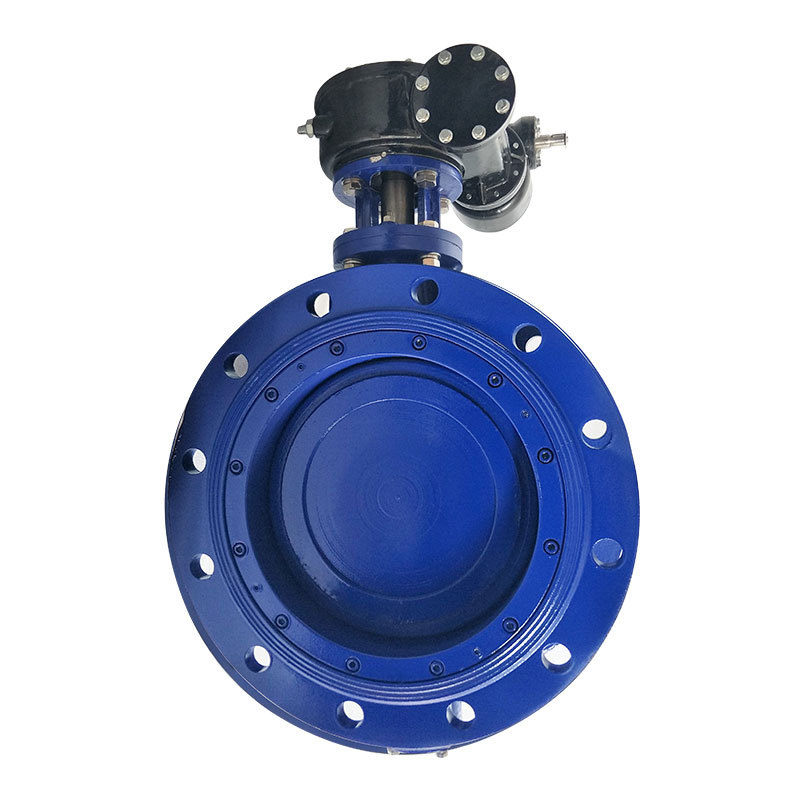هاتف : +86-18059296519
Whatsapp : +8618059296519
بريد إلكتروني : [email protected]
يضمن اختيار نوع الصمام المناسب عمليات النظام الصناعي بكفاءة وموثوقية. هناك صمامان شائعان الاستخدام هما المحركات الهوائية لصمام الفراشة ومحركات الصمامات اللولبية.
إن فهم ماهيتها، وخاصة كيفية تفعيلها، يمكن أن يساعدك في تحديد احتياجاتك الخاصة.
ما هو صمام الفراشة؟ صمام الفراشة هو صمام دوار ربع دورة معروف بتصميمه البسيط. ويتميز بوجود قرص في وسط مسار التدفق.
يؤدي تدوير القرص إلى التحكم في تدفق السوائل: حيث يؤدي الدوران بمقدار 90 درجة إلى وضع القرص بالتوازي مع مسار التدفق لتحقيق التدفق الكامل، بينما يؤدي الدوران بمقدار 0 درجة إلى وضعه بشكل عمودي، مما يمنع التدفق.
عادةً ما يتم تشغيل صمامات الفراشة يدويًا باستخدام رافعة أو مقبض. ومع ذلك، بالنسبة للتحكم الآلي، يمكن إقرانها بمحرك، مثل مشغل هوائي أو مشغل صمام ذو ملف لولبي.
ما هو صمام الملف اللولبي؟ صمام الملف اللولبي هو صمام يعمل كهروميكانيكيًا. يستخدم ملفًا كهرومغناطيسيًا للتحكم في تدفق السوائل. عندما يمر تيار كهربائي عبر الملف، فإنه يولد مجالًا مغناطيسيًا يفتح أو يغلق المكبس داخل جسم الصمام. ينظم هذا المكبس مسار التدفق، مما يسمح بتدفق السوائل أو يوقفه.
على عكس صمامات الفراشة، تكون صمامات الملف اللولبي عادةً صمامات ذات وضعين، مما يعني أنها إما مفتوحة بالكامل أو مغلقة بالكامل.
فيما يلي تفاصيل الاختلافات الرئيسية بين صمامات الفراشة وصمامات الملف اللولبي:
صمامات الفراشة ميكانيكية في المقام الأول، في حين أن صمامات الملف اللولبي كهروميكانيكية.
توفر صمامات الفراشة التحكم اليدوي والآلي (عبر المحركات)، بينما يتم التحكم في صمامات الملف اللولبي كهربائيًا في المقام الأول.
يمكن استخدام صمامات الفراشة للاختناق (تنظيم معدل التدفق)، في حين أن صمامات الملف اللولبي تكون عادةً صمامات تشغيل/إيقاف.
يمكن لصمامات الفراشة التعامل مع تطبيقات الضغط العالي مقارنة بصمامات الملف اللولبي.
تتميز صمامات الملف اللولبي بتصميم أبسط مقارنة بصمامات الفراشة المزودة بمحركات.
توفر صمامات الملف اللولبي بشكل عام عملية أسرع مقارنة ببعض صمامات الفراشة المشغلة.
تكون صمامات الملف اللولبي بشكل عام أقل تكلفة من صمامات الفراشة المشغلة.
اختيار الصمام المناسب لتطبيقك
عند الاختيار بين صمام الملف اللولبي ومجموعة صمام الملف اللولبي لمشغل هوائي صمام الفراشة، ضع في اعتبارك الاحتياجات المحددة لتطبيقك. تعتبر صمامات الملف اللولبي هي الأفضل للمواقف التي تتطلب تحكمًا دقيقًا وتشغيلًا سريعًا، بينما توفر صمامات الفراشة تنوعًا وكفاءة للأنظمة الأكبر حجمًا والأكثر تعقيدًا.
